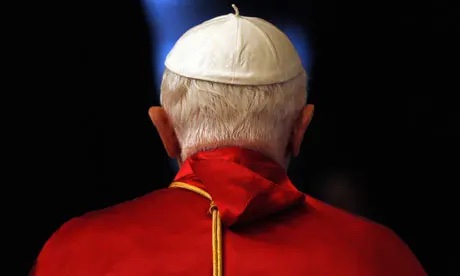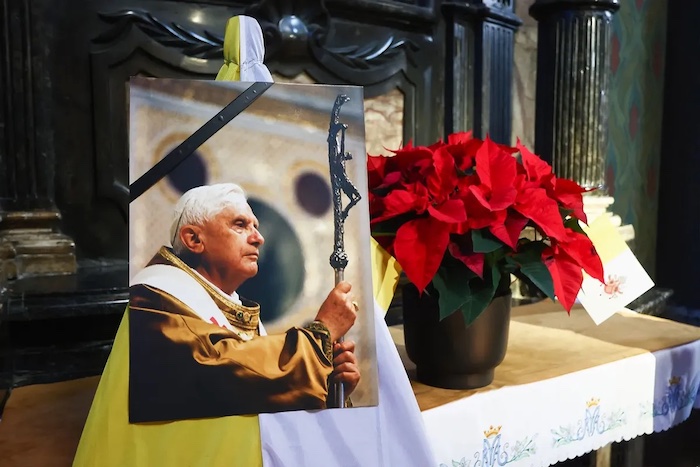— Unique case may set precedent as family alleges church’s failings caused man’s violence in later life

A Victorian court has paved the way for the children and wife of an abused altar boy to sue the Catholic church, alleging the church’s failings caused their father and husband to become a violent alcoholic and drug addict who beat them later in life.
The abuse victim, now dead, was an altar boy in north-west Victoria in the mid-1970s when he was allegedly raped by Father Bryan Coffey, a parish priest who allegedly used his role as the supervisor of the local school’s cross-country team to prey on children.
Coffey, who died in 2013, is alleged to have abused nine children across four parishes between 1960 and 1975. The church allegedly moved Coffey between various parish appointments because of “knowledge or suspicion that he was capable of child abuse”.
In the years that followed his abuse, the altar boy began drinking heavily and later developed a serious substance abuse disorder. He was violent and abusive to his wife, whom he married roughly a decade later, and their two children, according to court documents.
Now the wife and two children, who cannot be identified, have sued the Catholic church, alleging they are “secondary victims” of its failure to prevent Coffey from abusing children.
They allege the church should have known that failing to protect the boy from abuse meant that, if he went on to have a family, his immediate relatives would be left “vulnerable to the risk of harm”.
The case is unique in that it alleges the church had a duty of care to the victim’s immediate family members, despite the fact that the abuse happened more than a decade before he met his wife and before the two children were born.
If the argument is accepted at any trial, the case could set a precedent that would potentially expose the church to claims from other immediate family members who have suffered intergenerational trauma caused by clergy abuse.
Last month the church failed to have the claim struck out in the Victorian supreme court.
In a judgment last week, Justice Andrew Keogh said the case was “novel” because it argued the church had a duty of care to the victim’s future wife and unborn children, who had no relationship to him at the time of the alleged abuse.
He said the argument, made by law firm Ken Cush and Associates, was “not certain to fail” and should be determined at trial, after hearing all the evidence.
“While the Diocese could not have known of the family plaintiffs at the time of the abuse, that does not mean they should not have had in contemplation members of [the abuse victim’s] immediate family as a class of persons who might suffer harm if negligence by the Diocese led to the abuse,” he said.
Keogh said the plaintiffs would need to confront the “very substantial physical and temporal distance between the abuse and the harm that they suffered” and lead detailed evidence about the connection between the child abuse and their associated harm more than a decade later.
He rejected the church’s argument that the case could “permit a wider scope of the types of family members pursuing secondary victim claims, such as grandchildren and great-grandchildren”.
Keogh said the current claim related only to an abuse victim’s immediate family.
The case is also attempting to establish that the church owed a “fiduciary duty” to all parishioners, which obliged them to “act with undivided loyalty in the interests of that parishioner, including by not promoting the interests of the Diocese (and/or of the Catholic Church) at the expense of the interests of the parishioner”.
That fiduciary duty meant the church was obliged to protect the best interests of its child parishioners.
“The plaintiffs plead that the Diocese breached the fiduciary duties by appointing Coffey parish priest and maintaining him in that appointment, thus enabling him to perpetrate the abuse,” Keogh wrote.
The church also tried and failed to have this argument – a new concept in such cases – struck out.
Complete Article ↪HERE↩!




